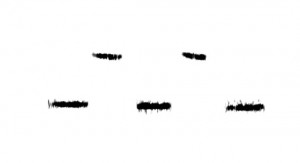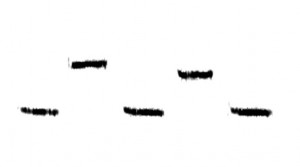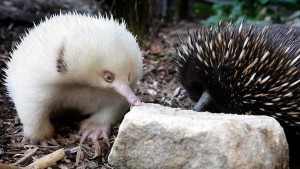In my last post I talked about how Carolina Chickadee songs have changed (or not) in Columbus and the surrounding areas over the past ~60 years. This post takes a different perspective on how Carolina Chickadee songs can vary: over geographic space. If you were paying close attention in the last post, you may have gotten a sense of geographic variation in song even on a scale as small as Columbus – some songs only appeared in certain areas during certain time periods.
One major component of my dissertation here at OSU has been to quantify how Carolina chickadee songs vary over their entire range, the southeastern United States, and compare this variation to geographic variation in their sister species, the Black-capped Chickadee. Despite Carolina Chickadees being very common birds, not many recordings of their songs were archived in museum collections for me to use. The Borror Lab had the most recordings, but the vast majority of those were made in Ohio.
So in spring of 2014 I embarked on an expedition to record as many Carolina Chickadees in as many different places as possible. Over 5 and a half weeks (divided into three trips), I drove about 6,000 miles through 22 states and recorded over 120 chickadees.
Below are samples of some of the atypical songs that I recorded on my trip. The full Carolina chickadee range is shaded in orange. All the spectrograms shown are on the same scale, so you can directly compare them to one another (the upper limit of each spectrogram image is about 10 kHz). Not included are songs or spectrograms of the typical alternating high-low-high-low Carolina chickadee song, which was also present at most sample locations.
- Newark, Delaware
2. Kensington, Maryland
3. Asheboro, North Carolina
4. Cartersville, Georgia
5. Camden, Alabama
6. Ajax, Louisiana
7. Meridian, Texas
8. Moyers, Oklahoma
9. Crossville, Tennessee
10. Salem, Missouri
11. Makanda, Illinois
12. Mammoth Cave, Kentucky
About the author: Stephanie Wright Nelson is a graduate student in the department of EEOBiology. She studies song learning in chickadees and is particularly interested in the consequences of hybridization between Carolina and Black-capped Chickadees.

























